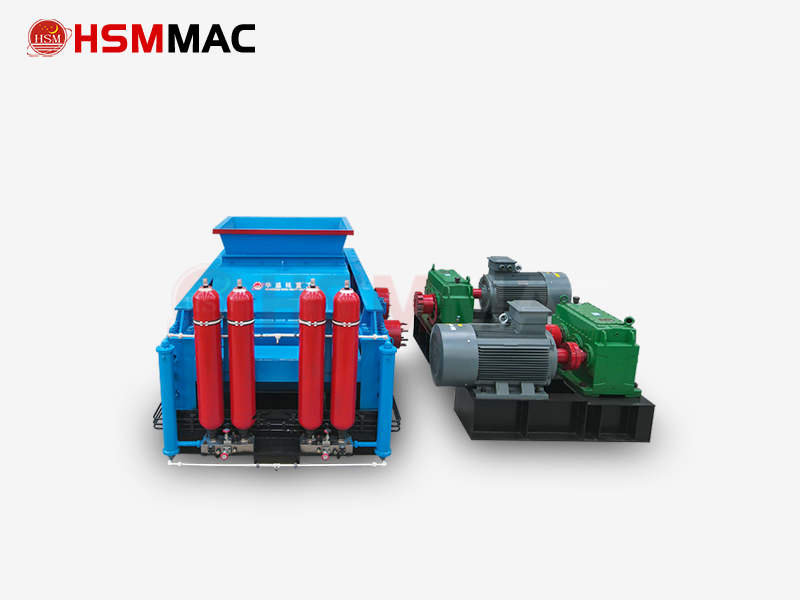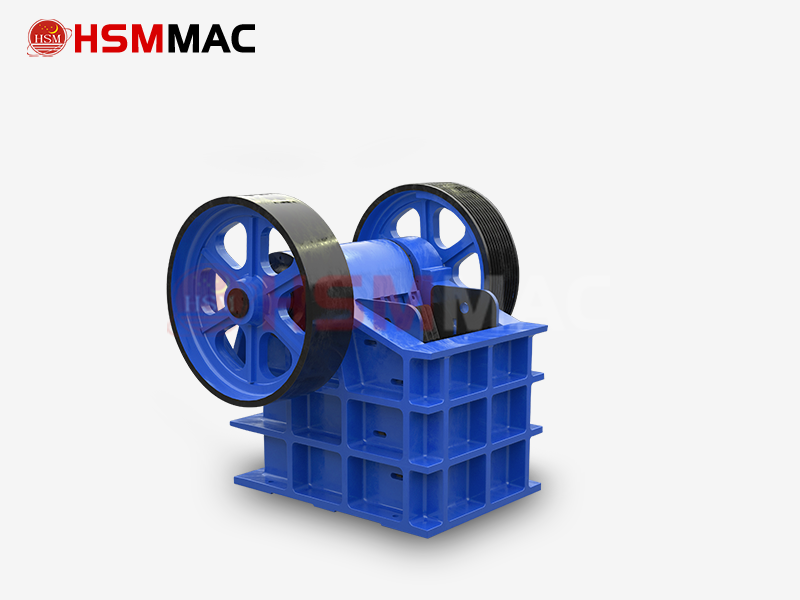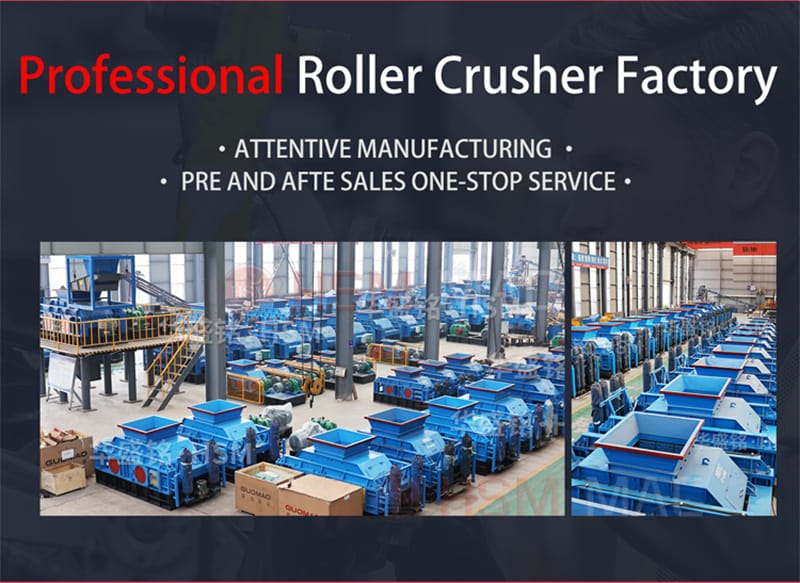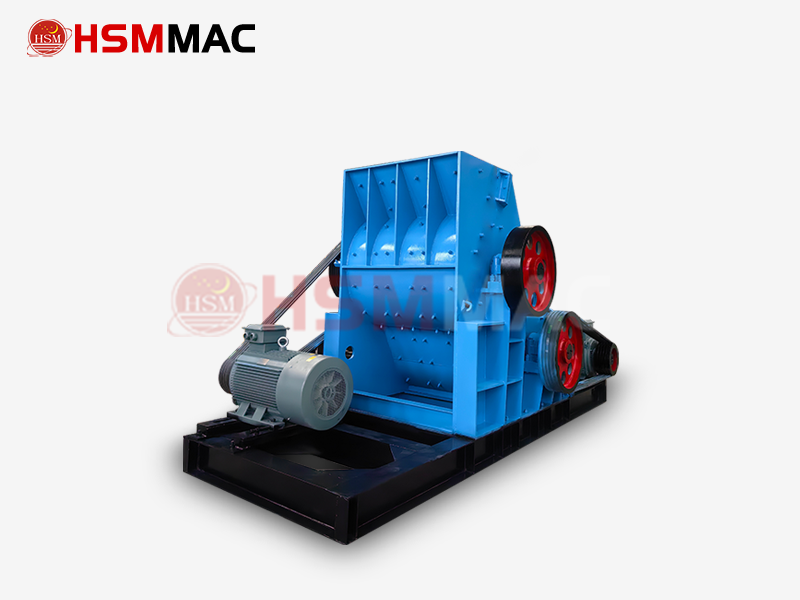Selection of Smooth Rolls vs. Toothed Rolls for Double Roll Crushers
The choice between smooth rolls and toothed rolls for double roll crushers requires a comprehensive evaluation of material properties, crushing requirements, and maintenance costs. Below are the detailed selection criteria and comparative analysis:

Smooth Rolls vs. Toothed Rolls
I. Core Selection Criteria
- Material Hardness and Abrasiveness
- Smooth Rolls: Suitable for crushing high-hardness, highly abrasive materials (e.g., iron ore, quartz, cement clinker) via compression and grinding. They offer low wear rates and long service life.
- Toothed Rolls: Ideal for medium-hard or soft materials (e.g., coal, clay, shale). The teeth enhance crushing efficiency through shearing and splitting, but they wear faster and require periodic replacement of tooth plates.
- Output Particle Size Requirements
- Smooth Rolls: Produce finer output (1–10 mm), suitable for fine crushing applications like artificial sand production or coke crushing.
- Toothed Rolls: Generate coarser output (5–30 mm), ideal for medium crushing tasks such as raw coal primary crushing or middlings processing.
- Maintenance Costs and Durability
- Smooth Rolls: Feature smooth surfaces with uniform wear, resulting in lower maintenance costs and suitability for long-term, high-load operations.
- Toothed Rolls: Prone to tooth wear but can extend lifespan using high-manganese steel or alloy steel tooth plates.
II. Other Key Factors
- Material Stickiness and Moisture
- Toothed rolls handle sticky or moist materials (e.g., clay, construction waste) effectively, preventing clogging, while smooth rolls are better for dry materials.
- Crushing Efficiency and Energy Consumption
- Toothed rolls offer higher efficiency (producing more cubic particles with lower over-crushing rates) but consume slightly more energy. Smooth rolls are energy-efficient for fine crushing of hard materials.
- Equipment Model and Capacity Matching
- Select roller diameter and power based on throughput:
- Small-scale equipment (e.g., 2PG400×250): Smooth rolls handle 5–10 t/h; toothed rolls reach 10–20 t/h.
- Large-scale equipment (e.g., 2PG1600×1000): Toothed rolls achieve 60–142 t/h, suitable for large-scale medium crushing.
- Select roller diameter and power based on throughput:
III. Typical Application Scenarios
| Roll Type | Applicable Materials | Output Particle Size | Typical Applications |
|---|---|---|---|
| Smooth Rolls | Iron ore, quartz sand, cement clinker | 1–10 mm | Artificial sand production, coke fine crushing |
| Toothed Rolls | Coal, clay, shale | 5–30 mm | Raw coal primary crushing, coal chemical feedstock processing |
IV. Maintenance and Optimization Recommendations
- Smooth Roll Maintenance: Regularly inspect surface wear and adjust springs or shims to maintain gap stability.
- Toothed Roll Maintenance: Use high-manganese steel or tungsten carbide tooth plates; inspect tooth wear periodically and repair/replace promptly.
- Automation Upgrades: Opt for equipment with intelligent monitoring sensors to enable real-time wear alerts and reduce downtime risks.
Summary
- Choose Smooth Rolls: For high-hardness materials, fine crushing needs, and low-maintenance scenarios.
- Choose Toothed Rolls: For medium-soft materials, medium crushing requirements, and high-efficiency scenarios.
Recommendation: Consult manufacturers (e.g., Huashengming Heavy Machinery) to match roll type and equipment model based on specific production parameters (e.g., feed size, capacity).

















